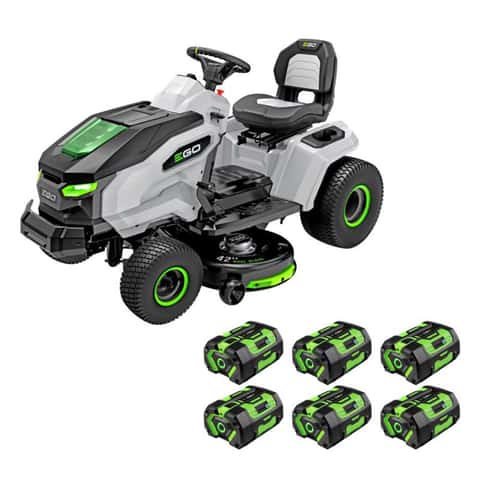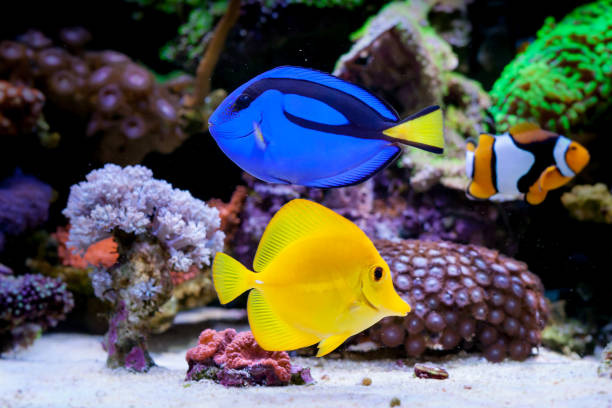Whether designing your own home or picking a color for your commercial project Knowing Color psychology can help you create environments that are both visually appealing and emotionally supportive. This is achieved by combining color theory with knowledge of how each hue makes people feel.
Warm colors stimulate and excite us, whereas cool hues promote peace and peace.
Color theory
The theory of color is the basis of creating an attractive space whether it’s a living room, bathroom, or bedroom. The use of color by interior designers South Florida to influence the design of the space and highlight its purpose.
The atmosphere or mood of a room can be influenced by the hue, saturation and quality of the hues chosen for it. For instance, the color green can inspire thoughts of growth and balance, while blue is soothing and calming. The saturation of a hue can make it appear more vibrant or dull, and its value describes the way light bounces onto a color.
The meanings of different colors can differ greatly in different the different cultures. In Western culture, red can inspire feelings of love or aggression However, in Chinese culture, the same color represents wealth and prosperity. When choosing colors to decorate your house, it is important to think about your preferences in terms of culture and your personal experiences.
Color psychology can assist you to design spaces that not only appear beautiful, but at ease with your personality and mood. If you’re looking to feel energetic in your living room or relax in the bedroom, applying color psychology for your house will guarantee that the colors you pick reflect what you want and require from your space.
How color can affect mood in a room?
The color of a room can have a profound influence on how people view it with thiet ke noi that chung cu. If used correctly, color could be the key to creating the mood you desire for a space. Not everyone is aware of how to make the most of the color. Color psychology is a new area of study that studies how colors influence the brain and mood.
Interior designers can make use of this field to understand how to best combine various colors, whether making a cozy and warm living room or an elegant and modern office. Color theory is used by designers to design stunning environments that evoke positive emotions in their people.
The color’s value is a factor which can affect the mood in a room. It refers to the brightness or lightness of a color in comparison to black and white. This is important as it affects the amount of light that is reflected and diffused by a color.
The saturation of a color is another aspect that determines the intensity or pallor of a shade in comparison with the lighter hues. The more intense and bold a color appears, the greater the saturation. A high level of saturation can create drama and a sense of depth, however it’s crucial to keep the saturation levels in check with other elements of the room to avoid overwhelming the eye.
Interior color palette psychology
In interior design, color is employed to create a certain mood or atmosphere. For instance, earthy light shades evoke feelings of calm and tranquility, whereas brighter hues can be invigorating and stimulating. It is essential to comprehend the way that different colors trigger specific emotions in order to make the most appropriate option for your office or home.
A great way to incorporate color psychology in your design is to start by determining what you want each space to feel like and how you would like to feel when you enter it. You can avoid selecting colors with negative effects by selecting colors which are compatible with your vision.
Blue is an incredibly versatile and powerful color that inspires feelings of calm, confidence and accomplishment. Deeper shades of blue, such as navy and royal blue, create the feeling of power and strength, while lighter shades like sky and turquoise invoke feelings of peace.
Green is a soothing hue that inspires thoughts of balance and growth. This color is perfect for bedrooms, living rooms as well as bathrooms that need to feel calm.
Best colors for interior spaces
Colors have a significant influence on our perceptions as well as emotions. This is why it’s an essential component of interior design. If you’re redecorating a single room or refreshing a whole floor plan, the hues you choose can affect your mood and how the space functions. The appropriate colors can help enhance architectural elements, define zones in an open-plan design and alter the impression of space.
Blue is often associated with serenity and intelligence, which can make it a good choice for study rooms or bedrooms. Blue is also a color which inspires confidence and loyalty, making it a good choice for professional offices and family spaces. Shades darker in blue convey confidence and strength while lighter shades promote calm.
Green is a symbol of balance, renewal, and growth. The vast palette of colors ranges from soft, muted shades such as jade and sage to rich, deep shades like olive and emerald. Green is an excellent choice for modern styles, but it can provide a warm natural look to cottage or rustic-style homes.
Purple is a shade that stimulates imagination and creative thinking. Its soft hue is frequently used in bedroom schemes, but the deeper shades can suggest a sense of nobility and luxury.
Orange can bring excitement and enthusiasm This makes it a great option for rooms where you would like to inspire conversations or stimulate activities. The hue can become overwhelming in smaller spaces, however be careful when using it.










